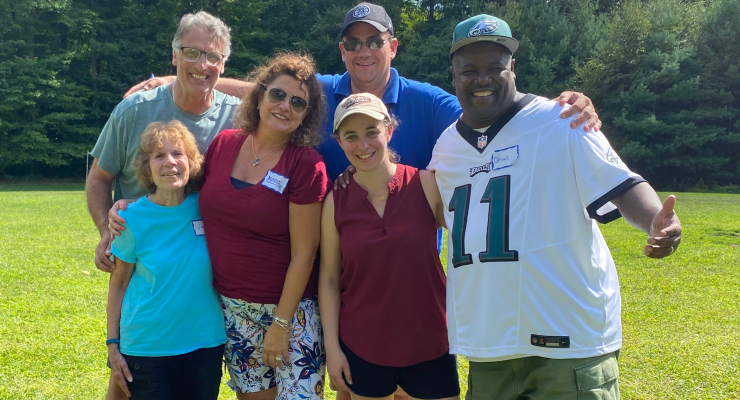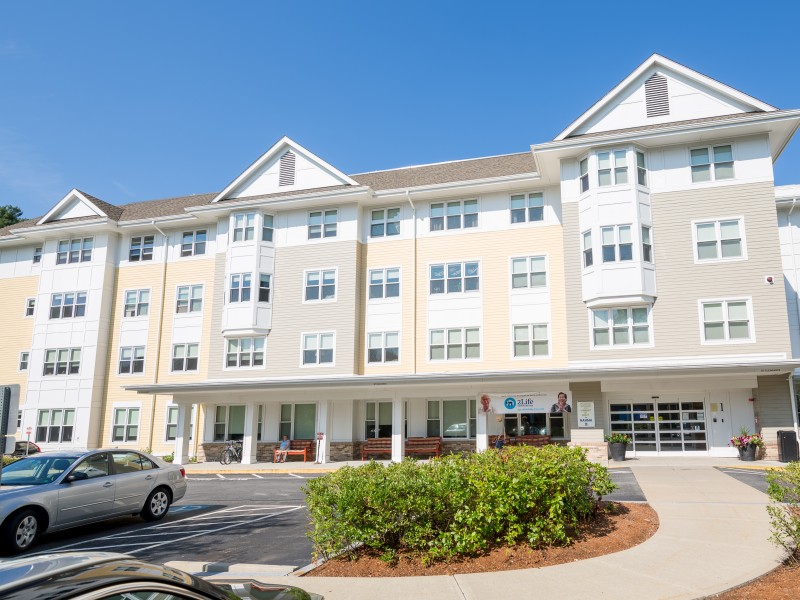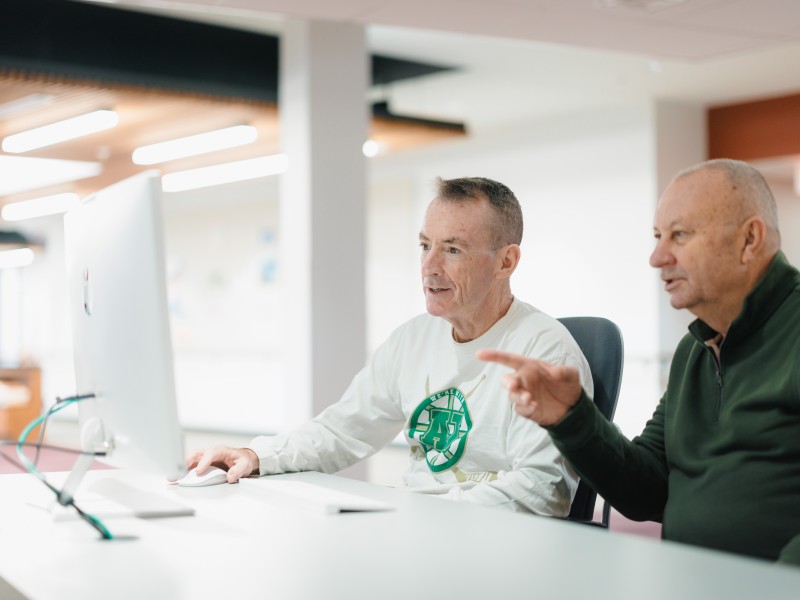Recognizing the value that older adults bring to our communities

Americans are living longer, and older adults now make up a larger share of the U.S. population than ever before. The good news is that the average American can now expect to live into their late 70s or early 80s, enjoying longer, healthier lives.
Although older adults enrich society in countless ways, the language used to describe this rapidly growing population often skews negative. For example, the term “silver tsunami” suggests that the increasing number of seniors is a burden rather than an asset.
We take a different view. Here, we highlight three key ways in which older adults contribute to society, often in ways that go unnoticed or underappreciated.
The wisdom of experience
Many of us have been shaped by the wisdom and guidance of older adults: a grandparent who has shared moving stories of resilience, a neighbor who participated in the Civil Rights Movement, or parents who emigrated to the United States to build a better future. How many life lessons have you learned thanks to their experiences?
Research supports the power of intergenerational wisdom-sharing. A 2022 Cornell University study evaluated the impact of a program called Building a Community Legacy Together, which trains middle and high school students to interview adults over 65 about their experiences, including overcoming adversity and navigating uncertainty.
The results were striking. The program had significant positive effects on the young participants, improving their attitudes toward older adults and increasing their sense of purpose. One student shared, “I liked gaining advice from someone who has actually lived through life and learning how to deal with challenges.”
The power of a multigenerational workforce
Many older adults are choosing to work later in life than previous generations. In fact, the number of working adults aged 55 and older nearly doubled between 1998 and 2018. By 2028, over 23% of American workers will be over the age of 65, according to the Bureau of Labor Statistics.
This trend is a major advantage for the economy. A recent Harvard Business Review article on redesigning retirement reports that industries such as healthcare, retail, manufacturing, and education face labor shortages, with twice as many open positions as candidates in some cases. Older workers help bridge this talent gap while bringing decades of valuable experience.
Research also shows that multigenerational workplaces outperform age-homogeneous teams. Mixed-age teams tend to be more productive and better at solving complex problems.
A report from Columbia University’s Mailman School of Public Health found that older workers bring critical thinking skills, reliability, and deep industry knowledge that younger employees may not yet possess. Employers also noted that older workers were highly dependable — often the first to arrive, staying focused throughout the day, and rarely missing work.
The impact of volunteerism
Older adults also give back to their communities through volunteerism at an unmatched rate. In fact, seniors over the age of 65 have the highest volunteer participation rates among all age groups, donating their time and skills to nonprofits, schools, and civic organizations.
A study by the Do Good Institute at the University of Maryland found that nonprofits are increasingly reliant on senior volunteers. The percentage of nonprofit CEOs who said volunteers allowed them to provide more personalized attention to the people they serve rose from 37% in 2019 to over 65% in 2022.
Volunteering does not only benefit communities, it benefits the volunteers, too. A study of nearly 13,000 adults over 50 found that regular volunteering was linked to better mental health, reduced depression, and even lower mortality risk. Staying active and engaged in meaningful work leads to a greater sense of purpose and fulfillment.
A shift in thinking
Instead of bracing for a “silver tsunami,” we should recognize the tremendous contributions of older adults. From passing down wisdom to strengthening the workforce and enriching communities through volunteerism, seniors are shaping a stronger, more connected society.
As Americans live longer and more active lives, we must embrace the strengths of this growing demographic, because the future is multigenerational.


